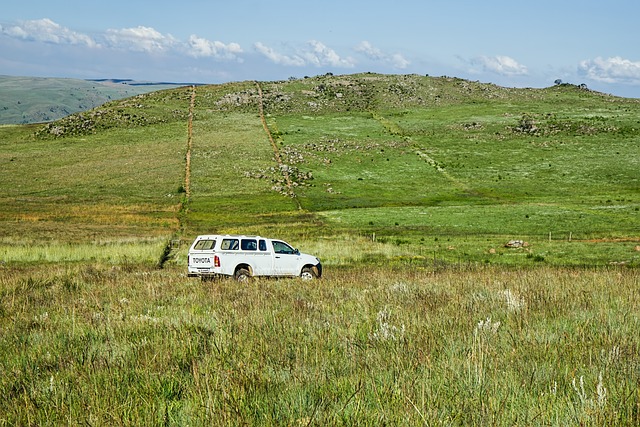For off-road enthusiasts, receiver hitches are vital for RV setups, enabling gear attachment and offering reliable support during extreme terrain challenges. This guide focuses on RGV overland 4×4 repairs, emphasizing the importance of regular hitch inspections, corrosion checks, misalignment correction, and using RGV-specific replacement parts. Proper tightening techniques and timely maintenance extend the lifespan of these critical components, ensuring safe towing capabilities for your RGV Overland 4×4.
“Unraveling the intricacies of receiver hitches is essential for any off-road enthusiast. This comprehensive guide aims to provide a deep dive into understanding these critical components and their role in enhancing your 4×4 experience, especially with the RGV Overland 4×4-repair focus.
We’ll walk you through the basics of receiver hitches, offering a clear ‘Understanding Receiver Hitches’ overview. Furthermore, our step-by-step guide tackles common issues, making complex repairs like RGV Overland 4×4-specific troubleshooting accessible to all.”
- Understanding Receiver Hitches: A Comprehensive Overview
- RGV Overland 4×4-Repair: A Step-by-Step Guide to Troubleshooting and Fixing Receiver Hitches
Understanding Receiver Hitches: A Comprehensive Overview

Receiver hitches are a crucial component for anyone passionate about off-road adventures and overlanding. These hitches, often referred to as the backbone of an RGV (Recreational Vehicle) overland setup, facilitate the attachment of various accessories and gear to your vehicle. They provide a secure and stable platform for carrying additional equipment, ensuring your rig is ready for any terrain or situation.
When it comes to RGV overland 4×4 repairs, understanding receiver hitches is essential. These hitches are designed to withstand extreme conditions and heavy loads, making them a reliable choice for outdoor enthusiasts. With proper care and maintenance, they can last for years, enhancing your off-road experience. Knowing the different types of receiver hitches available and their specific applications allows overlanders to make informed decisions when it comes to upgrading or repairing their vehicles.
RGV Overland 4×4-Repair: A Step-by-Step Guide to Troubleshooting and Fixing Receiver Hitches

When it comes to RGV Overland 4×4-repair, receiver hitches are a common area that requires attention. A receiver hitch is a crucial component for towing and hauling, so troubleshooting and fixing any issues efficiently is essential. Here’s a step-by-step guide tailored for the RGV Overland 4×4 owner looking to address hitch problems.
Start by inspecting the hitch for any visible damage or wear. Check the ball mount, pin, and latch mechanism for cracks, corrosion, or misalignments. Ensure all bolts are tightly secured. If you identify any issues, replace the damaged parts with compatible RGV Overland 4×4-specific replacements. Tighten the hitch according to the vehicle’s specifications, using a torque wrench if available, to guarantee secure towing. Regular maintenance and timely repairs extend the lifespan of your receiver hitch, ensuring safe and reliable towing capabilities for your RGV Overland 4×4.
In conclusion, receiver hitches play a crucial role in enhancing towing capabilities for off-road enthusiasts. As demonstrated with the RGV Overland 4×4-repair guide, troubleshooting and fixing these components can be a game-changer for those venturing into rugged terrains. By understanding the basics and following step-by-step repair processes, folks can ensure their vehicles are ready to tackle any challenge, fostering a vibrant and adventurous community in today’s digital era. Remember that, in terms of RGV Overland 4×4-repair, knowledge is power – it enables navigating through even the most labyrinthine terrains with confidence and safety.



